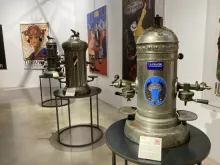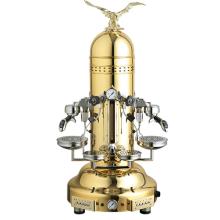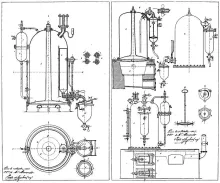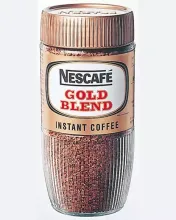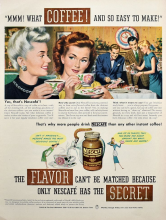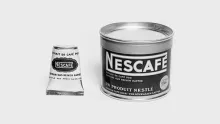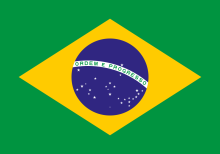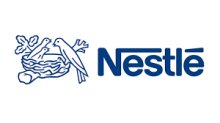Desiderio Pavoni was a pivotal figure in espresso history who transformed Luigi Bezzera's invention into a commercial success.
Desiderio Pavoni purchased Luigi Bezzera's patent in 1903, recognizing the potential that Bezzera himself couldn't capitalize on due to lack of financial resources and marketing expertise.
In 1905, Pavoni founded the La Pavoni company and began producing the espresso machine industrially, manufacturing one machine daily in a small workshop in Via Parini, Milan.
